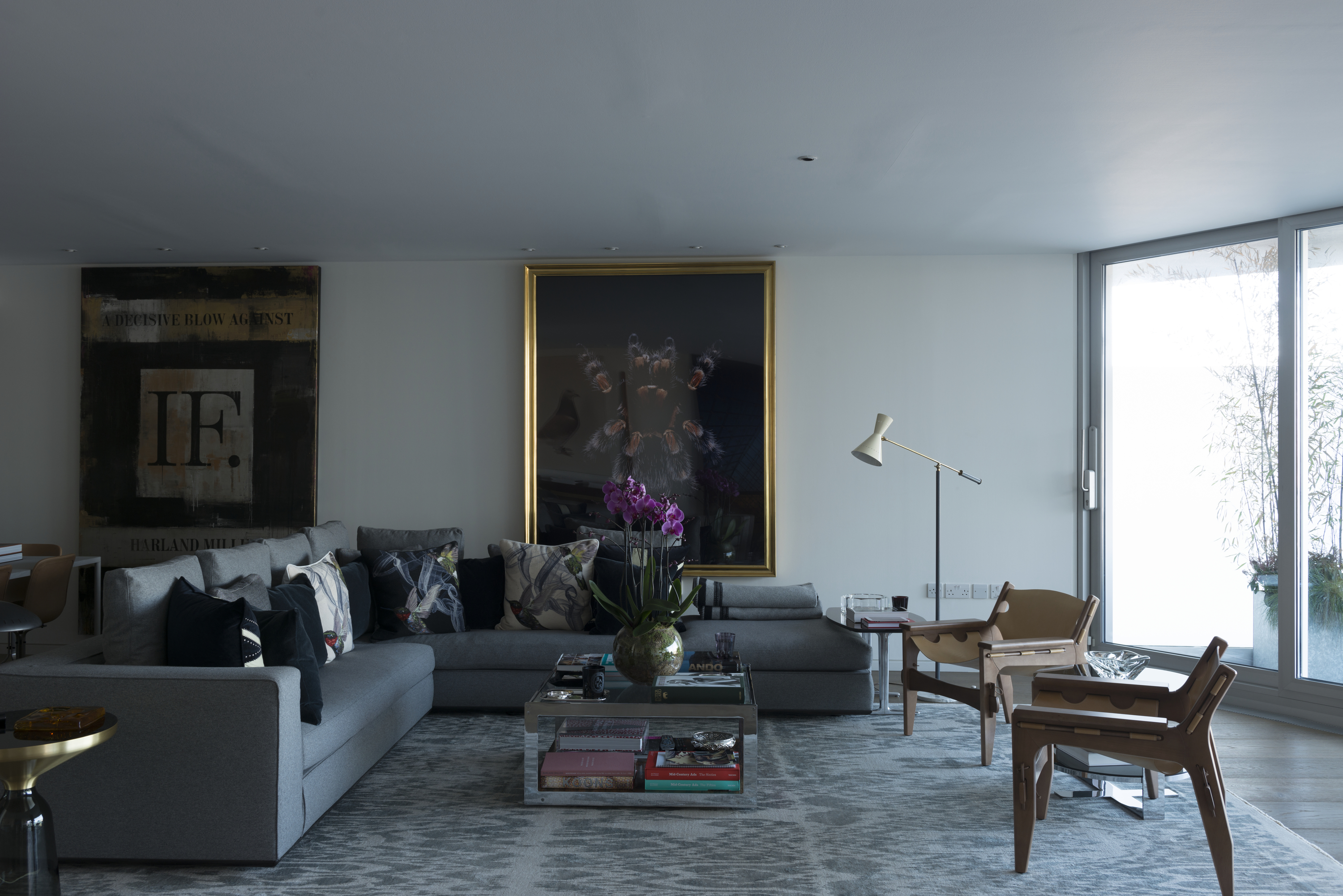
Whatever your style, you'll want to design a living room that feels more expensive than it actually is. The right choices can help you achieve that easily, but sometimes you end up choosing finishes, furnishings, or pieces that instead of elevating the room bring down the look of it, leading to a rather 'cheap' looking space.
We reached out to experts to understand which elements of your living room are dragging down the luxe look, and what can help you achieve it.
1. Worn textiles
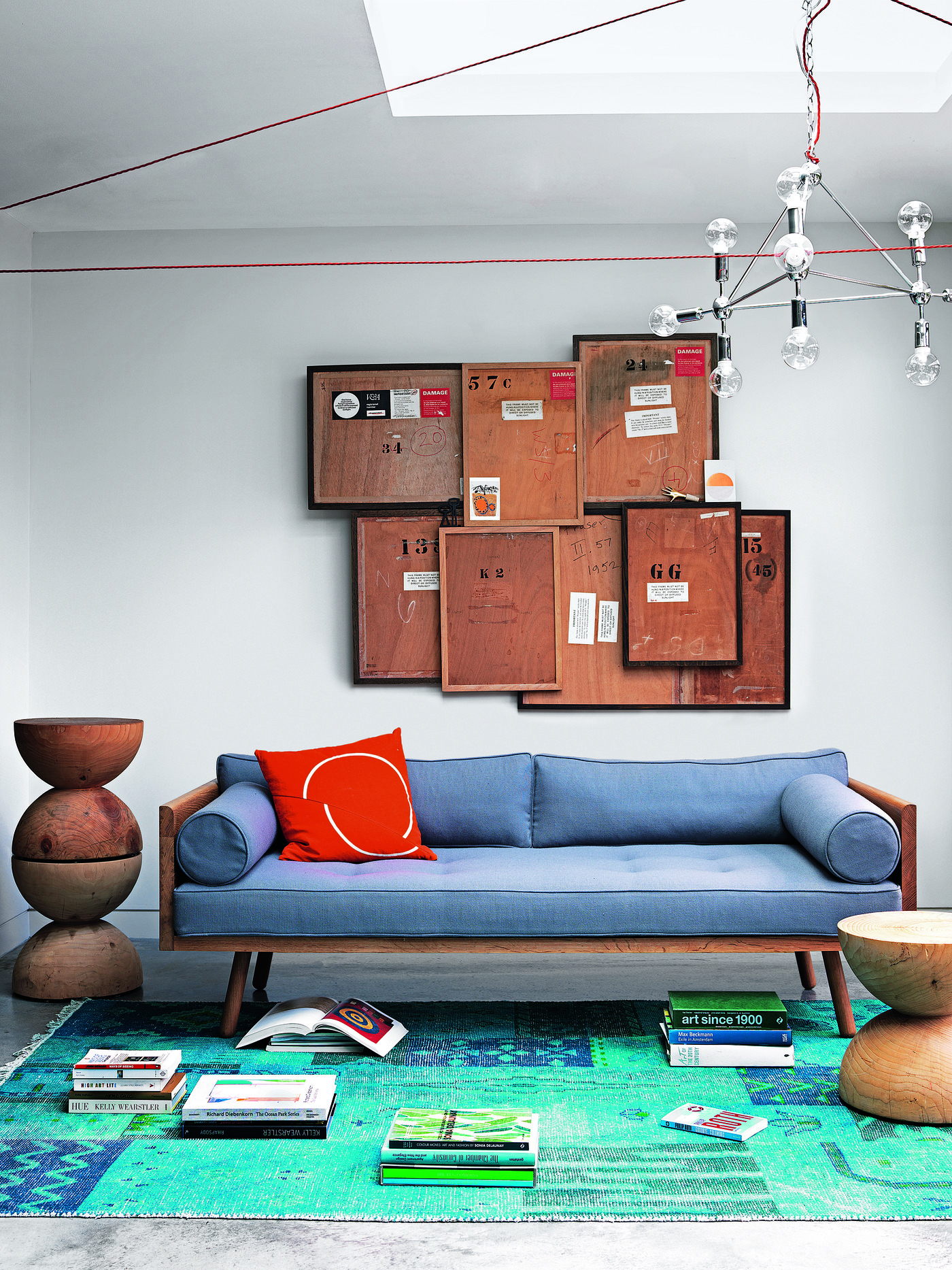
'Fabrics that wear excessively, such as worn or torn cotton fabrics, are outdated when it comes to furniture design,' says Jane Lockhart, founder of Jane Lockhart Design. 'Although this may be a cool look in jeans, it doesn’t have the same impact in furniture. Also, any 'scratchy' fabrics in furniture are outdated. With the development of soft-touch fabrics for furniture, the expectation now is that all fabric is smooth, furry, or overall comfortable to the touch, rather than rough due to its fiber composition.'
If you want to make a sofa look more luxurious, consider fabrics such as velvet, boucle, leather, corduroy, or microfiber blends that not only look good but are always timeless. In terms of hues, lighter colors are more prone to stains, whereas darker colors hide scruffs and marks easily.
2. Badly hung curtains
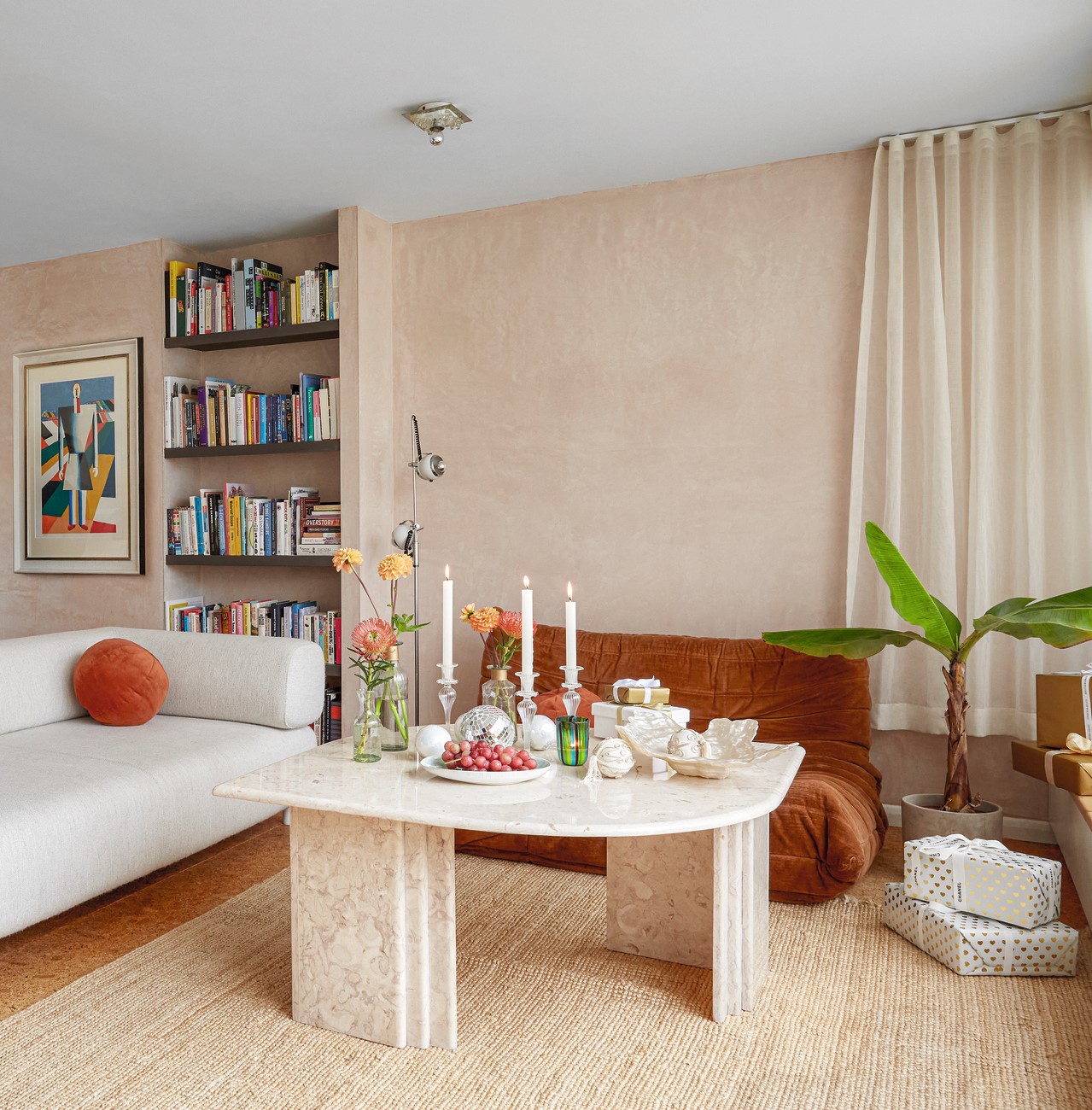
Your living room curtains will be something that either makes your room look expensive, or makes your room look cheap.
'Curtains that hang till the bottom of the windowsill, and not the floor, look a bit odd,' says Bethany Adams, founder of Bethany Adams Interiors. 'You can add drama to your space by placing the rod between the top of the window trim and ceiling (or crown molding) and hanging your draperies so they touch the floor. Also, stay away from mini blinds; they're dated and collect so much dust.'
3. Bright white walls

Decorating with neutrals can feel expensive, but it depends on the shade you choose. 'Be careful with bright white; if your walls aren't perfectly flat white, you can draw attention to every flaw, (and every fingerprint) in the home,' warns Bethany. ' For a luxe look, choose dark colors. Dirt and grime won't show and neither will the cracks and smears in imperfect walls.'
Consider the best white paint for interior walls that give softness and warmth to the space. Whites with a slightly warmer undertone tend to feel less clinical and sparse as compared to a cold white. You can even go in for paints that feel white but have a more warm muted tone such as light browns or taupe.
Whites aside, 'this fall, I'm gravitating towards more earthy tones, like our “Terre” Color, from our collection with Color Atelier, and sage green,' says Guillaume Coutheillas, founder of frenchCALIFORNIA. 'While green has been a bit overused in the last couple of years, the sage variety is less seen and I think is a wonderful neutral color for this season.'
4. Wall-to-wall carpeting
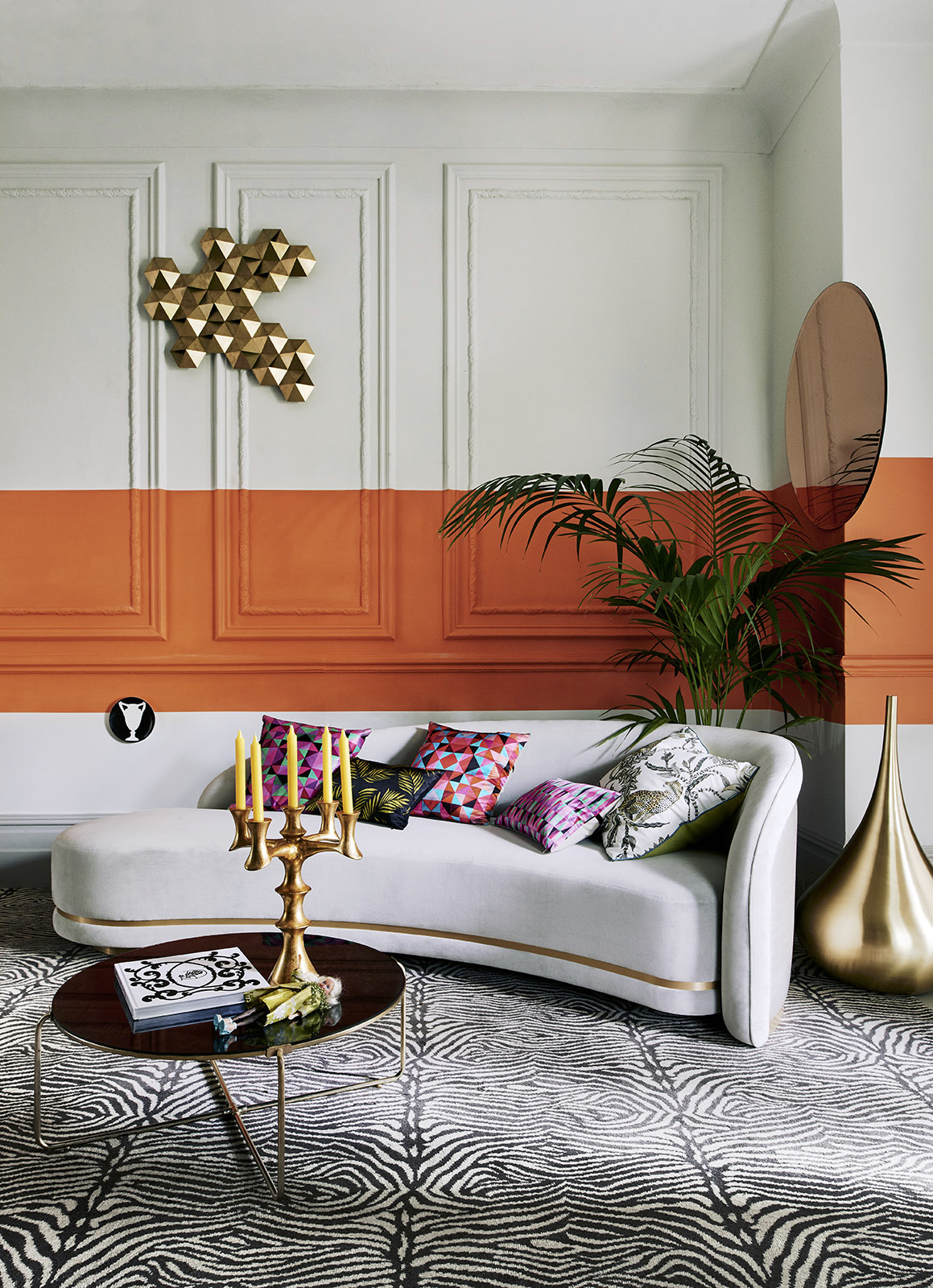
'Plush living room carpet in a wall-to-wall format is outdated,' says Jane. 'This style was popular in the 1980s through the late '90s but it is difficult to maintain over time. Today, most carpets are area rugs on top of solid surfaces that form the flooring in homes.'
Wall-to-wall carpet can still be effective if used in the right setting, but if you want to avoid a space that feels less expensive, follow this advice.
5. Overcrowding the room
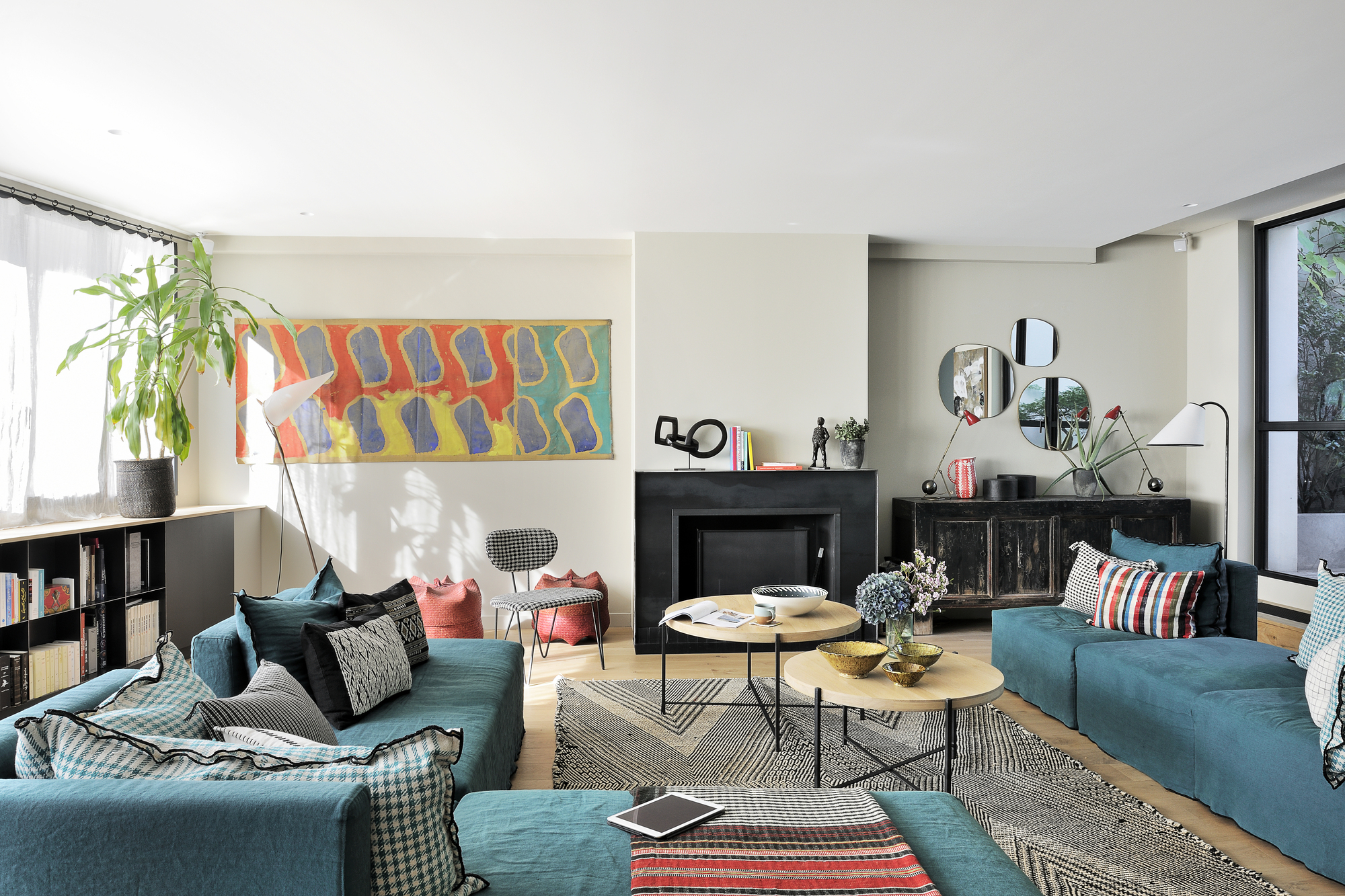
In small living rooms, the right layout and the number of furniture pieces is an important consideration. Too many pieces can crowd the room and make it feel even smaller. There's something effortlessly luxe feel about a more minimalist outlook in a living room.
'In small living rooms, select chairs and sofas that are armless or have low-profile arms to craft an open and airy space,' adds Saba Kapoor, founder of Nivasa. 'Bring in foldable or stackable furniture pieces that can be used when you are entertaining guests. Moreover, incorporate poufs, chaises, or floor cushions, which are versatile, adaptable, and do not take up too much space.'







